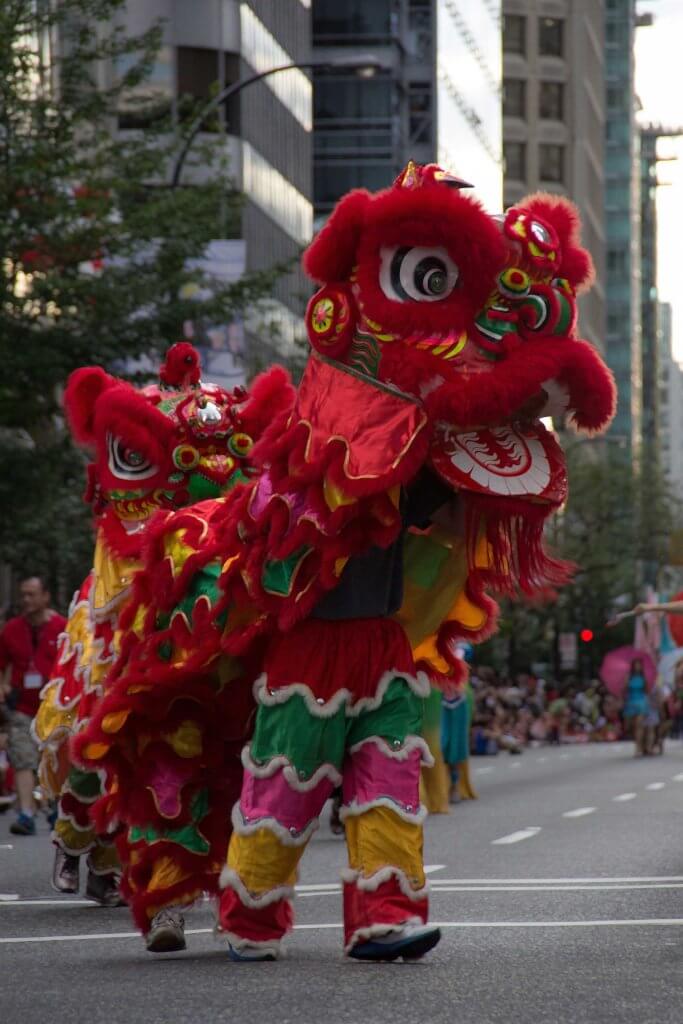A lunar year is a period of time measured in lunations (synodic months) which is approximately equal to the time it takes the Moon to pass through all of its phases. The length of a lunar year is usually measured in days and can range from 354 days to 383 days. A lunar year is divided into 12 months, each of which is roughly 29.5 days long.
A lunar year is not an exact number of days, but it does have a very precise definition. A lunar year is the time it takes for the Moon to complete one cycle of its phases from a new moon to a full moon and back to a new moon. This cycle is known as a lunation or synodic month. It is the average length of all of the lunar cycles that occur in a year. The exact length of a lunar year varies due to a number of factors, including the position of the Moon relative to the Sun and Earth’s orbit.
This difference in position is due to the elliptical nature of the Moon’s orbit, which means that sometimes the Moon is closer to the Earth, and sometimes it is farther away. The closest point of the Moon’s orbit is known as perigee, and the farthest point is known as apogee. During the perigee, the Moon is slightly closer to the Earth and therefore its synodic month is shorter, while during the apogee, the Moon is slightly farther away and its synodic month is slightly longer.
This means that the length of a lunar year can range from 354 days to 383 days, depending on where the Moon is in its orbit at the time. In addition to the length of the lunar year, there are also two different ways of marking the start of a lunar year. The first is the tropical year, which is based on the position of the Sun relative to the equinoxes and solstices. This marking of the start of a lunar year is used by many cultures, including China and India, and it usually begins on the new moon closest to the vernal equinox (the first day of spring in the Northern Hemisphere).
The Lunar New year
The other way of marking the start of a lunar year is the sidereal year, which is based on the position of the Moon relative to the stars. This marking is used by some cultures, including the ancient Egyptians, and it usually begins on the new moon closest to the heliacal rising of Sirius (the brightest star in the sky). In addition to the length and start of a lunar year, there are also some other important details about the lunar cycle. First, the Moon does not always appear the same size in the night sky.

This is because the Moon’s orbit is slightly elliptical, so when it is farther away from the Earth, it appears smaller than when it is closer. This phenomenon is known as the Moon’s liberation, and it gives us the opportunity to see slightly more than half of the Moon’s surface during the course of a lunar month. Finally, the Moon’s phases do not always occur at the same time each lunar month. This is because the Moon’s orbit is inclined with respect to the Earth’s orbit, so the Moon’s position relative to the Sun changes slightly each month.
This means that the new moon, full moon, and other phases of the Moon do not always occur on the same date each month. In summary, a lunar year is a period of time measured in lunations, which is approximately equal to the time it takes the Moon to pass through all of its phases. The length of a lunar year can range from 354 days to 383 days, depending on the position of the Moon relative to the Sun and Earth’s orbit.
The start of a lunar year can be marked by either the tropical year or the sidereal year, depending on the culture. Additionally, the Moon’s libration allows us to see slightly more than half of the Moon’s surface during the course of a lunar month, and the Moon’s phases do not always occur on the same date each month.
